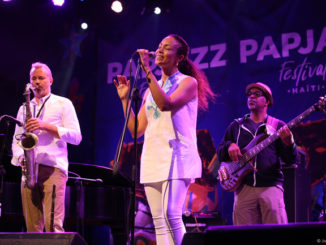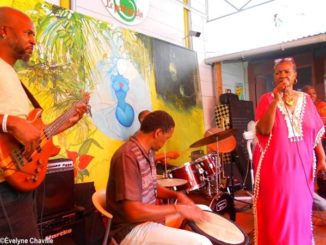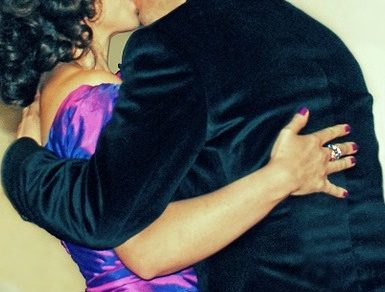
Since this health crisis due to the Coronavirus/Covid-19, a saying has become essential everywhere on the planet and especially in the Caribbean islands: “social distancing”. Suddenly, our Caribbean societies, that socially and culturally value proximity, have been ordered to impose a distance of 1.5 metre between each individual, especially in all public places (schools, public transport, shops, restaurants, bars, places of worship, administrative offices, etc.).
This new measure is moreover a real Chinese puzzle (it is the case to say so since Covid-19 was born in China) to be implemented. Places that seemed too small to accommodate many people are also too small to accommodate fewer people…or vice versa?! Suddenly, no more kisses, no more handshakes, no more hugs because we have to keep our distance.
Some people thought that this “physical gap” would only last a few weeks and that, in a little while, we would return to our old habits. These hopes have just been “showered” by a study conducted by the wealthy and prestigious Harvard University (USA) and published on April 14 in the scientific journal Science.
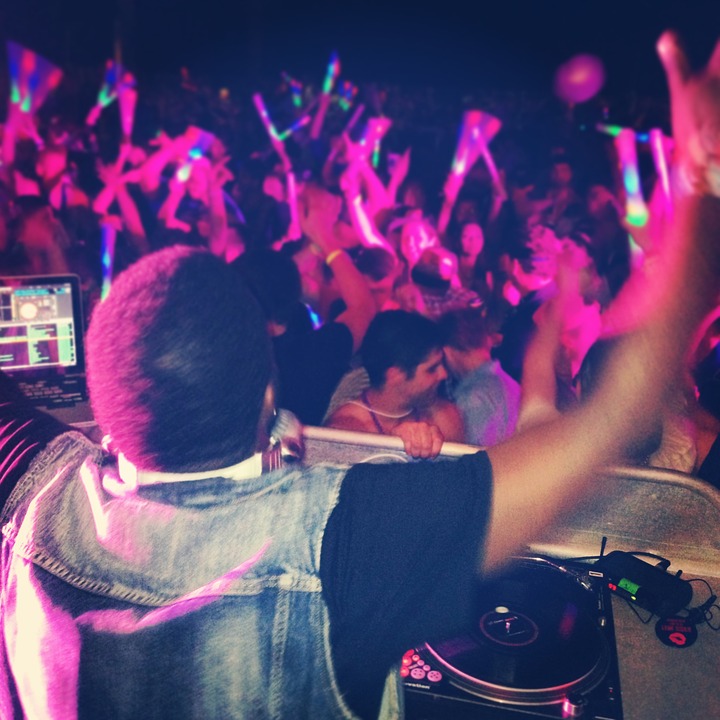
Social distancing until 2022
Indeed, researchers say that periods of prolonged or intermittent “social distancing” may be necessary until 2022 in the absence of a vaccine. “(…) Intermittent distancing may be required into 2022 unless critical care capacity is increased substancially or a treatment or vaccine becomes available. The authors are aware that prolonged distancing, even if intermittent, is likely to have profoundly negative economic, social, and educational consequences”, it states.
We often hear about the financial damage that the lockdown due to this global pandemic will cause in many sectors, particularly in the cultural sector, but what about nightclubs, that operate at night, or some dance halls, that often accomodate a rather senior audience in the afternoon?
They are also cultural venues. In addition, these are companies that have employees and they pay social security and tax charges. Now it’s about deconfinement and the resumption of activities in many sectors, but we imagine that, because of “social distancing”, nightclubs and dance halls will not reopen their doors in the coming weeks. After the high number of Covid-19 victims, one might wonder if people really want to go dancing, celebrating? Maybe yes, to clear their head…
If the conclusions of American scientists are correct and we need to wait until 2022 to return to normal life and go dancing, these cultural venues are clearly threatened with bankruptcy.
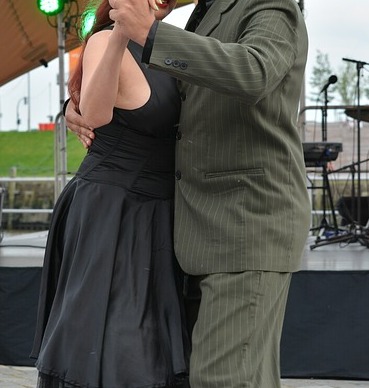
The heyday of “Nwa” and “Fouka”
As we know, the Caribbean is a laboratory of sounds, a land where musical genres are legion. Almost every island has its own national rhythm or has adopted the music of the neighbouring island. Dancing is cultural.
Many Caribbean rhythms are danced in pairs or with very little “physical distancing”: buigine, konpa, salsa, merengue, bachata, zouk, kadans, soca, rumba, calypso, kadans-lypso, bouyon etc.
In Guadeloupe and Martinique, about thirty years ago, dancing on a tile of the floor with your partner was new and very fashionable. We could see two bodies huddled together, languidly swinging to the sound of music while they were treading water… Expressions were launched. In Guadeloupean creole, this way of dancing was called “fè nwa” (making walnuts) probably to evoke the testicles; in Martinican creole, it was “fè la fouka” (making fouka) probably inspired by the word “fouk” which means “fly” according to Raphaël Confiant’s Dictionnaire du Créole Martiniquais (in Guadeloupe, it also means something else).
Of course, these expressions are not very romantic and a young girl from a good family was not supposed to dance like this in front of people. Sometimes a young man would ask a young girl to dance in the middle of the room and, a few pirouettes later, the couple would arrive at the back of the dance floor, in a poorly lit corner, to perform this dance with zero “physical distancing”. It also happened that some girls, uncomfortable with this total absence of “physical distancing” and very angry, abandoned their partners on the dance floor…
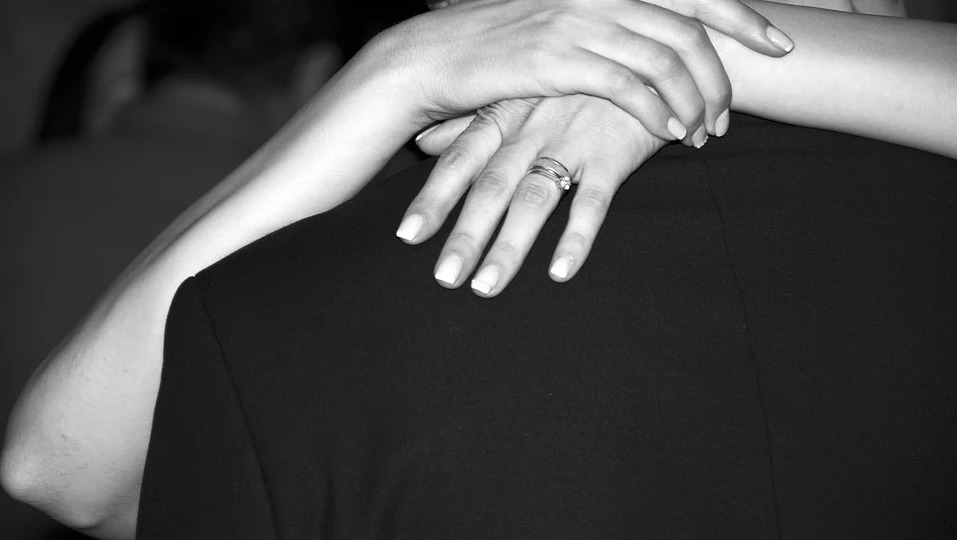
The arrival of the respectable “Kolé Séré”…
In the 1980s, the advent of zouk-love (as a variant of zouk), whose Prince was the late Patrick Saint-Éloi, ex-member of Kassav’, made it socially acceptable the image of two bodies huddled together dancing. It must be said that this artist idealized women through his songs, which was not often the case before this period…
The song “Kolé Séré” (Sticked Tightened) by Jocelyne Béroard and Jean-Claude Naimro in 1986 (two other members of Kassav’), covered a year later by the songstress of the most famous zouk group and Philippe Lavil, also celebrated the couple’s dance.
Can we go so far as to say that zouk-love has made “Nwa” and “Fouka” more respectable?
Will this famous “social distancing”, better “physical distancing”, imposed by the Coronavirus/Covid-19 “kill” our couple dances? No, these artistic creations will overcome this difficulty.
But it is clear that nightclubs and dance halls will feel the negative effects of Covid-19 until a vaccine or medication is found and fans of “Nwa”, “Fouka” and “Kolé Séré” will have to wait to indulge in their favourite way of dancing.
Even carnival in the Caribbean islands (especially in the English-speaking islands, where the popular jubilation is cadenced by soca or bouyon) seems to be in danger at the present time… But let’s stay positive because, with Covid-19, things are changing very quickly.


